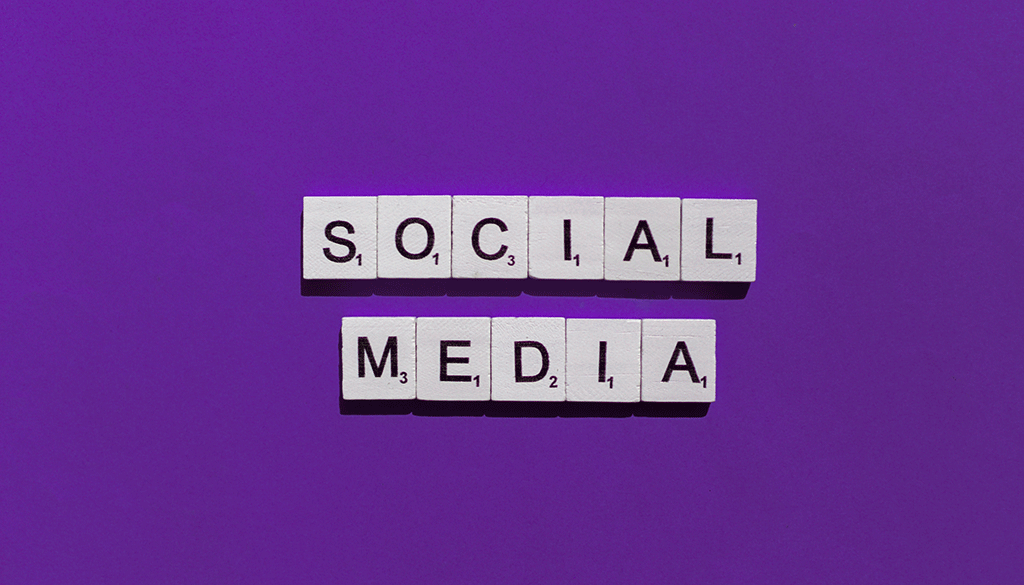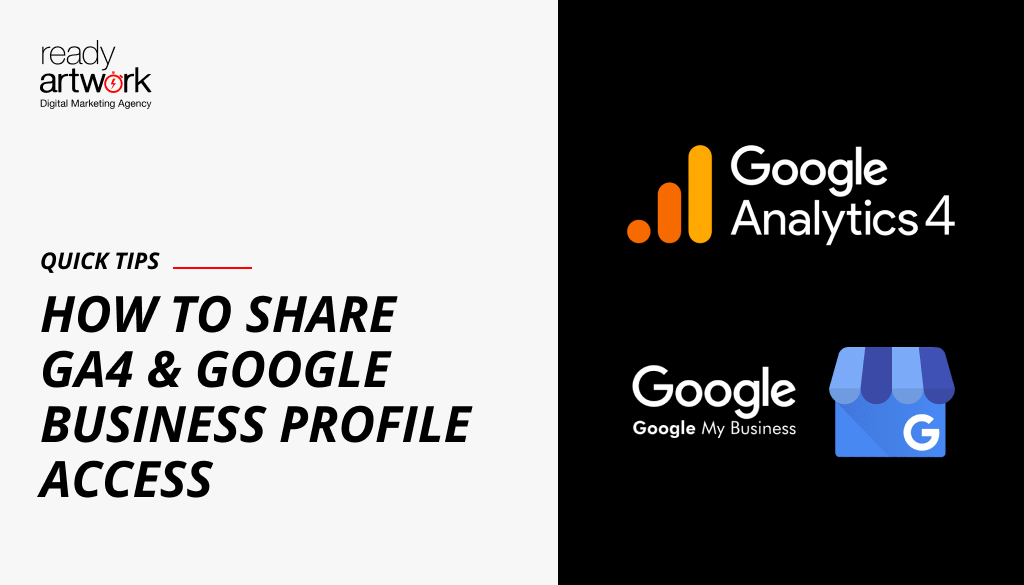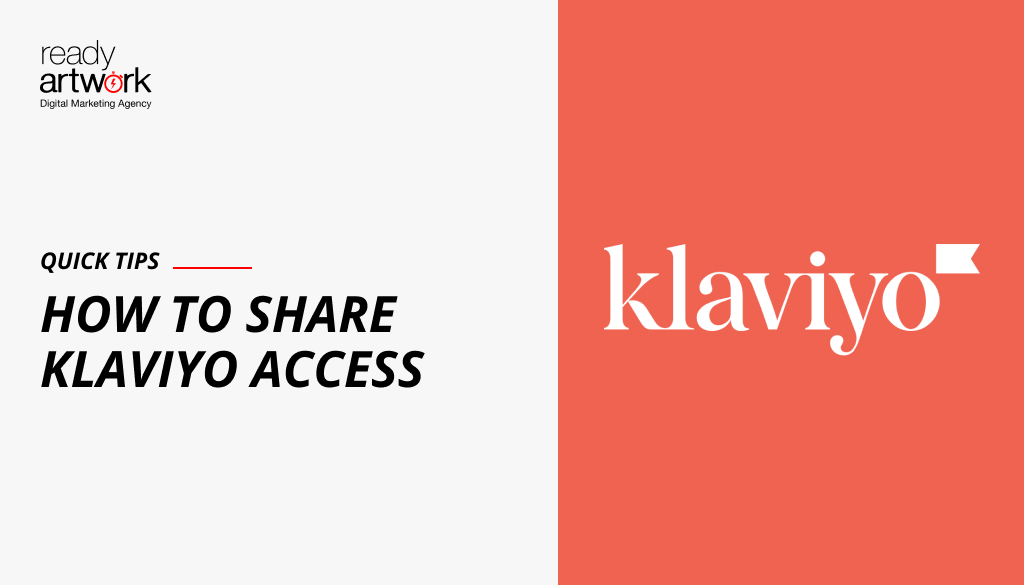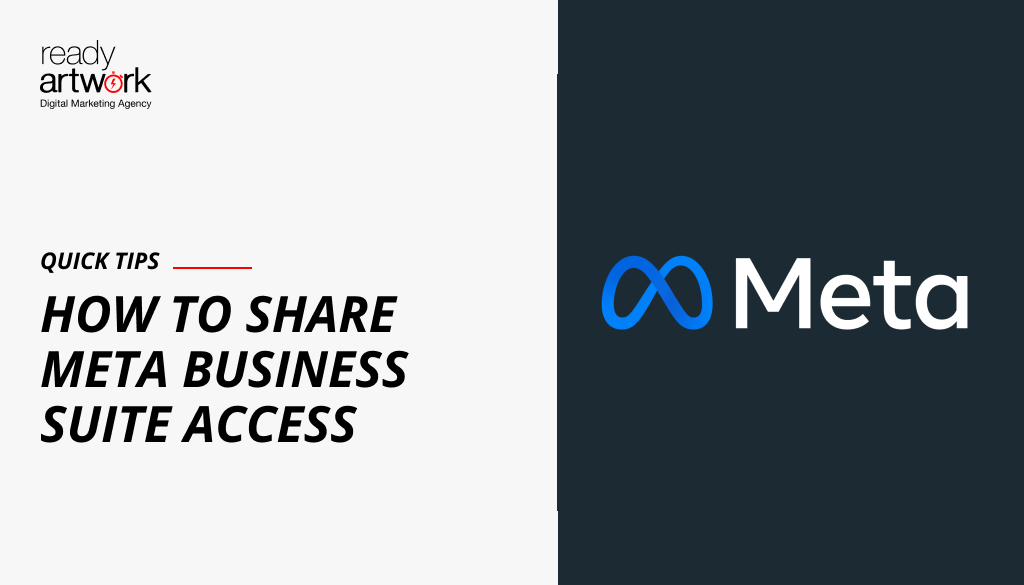Organic Social vs. Paid Social – What Meta’s Not Telling You

If you have grown frustrated with social media marketing opportunities on Meta platforms like Facebook and Instagram, you’re not alone. Whether you have chosen to use organic social media marketing through steady dynamic posts or use the paid social media marketing tools, you are sure to run into obstacles that are never mentioned in Meta’s bold pro-advertiser messaging.
This article will take a closer look at the difference between organic social marketing and paid social marketing and how to navigate both on essential yet frustrating Meta social media platforms.
Organic Vs Paid Social Media: A Quick Look at Organic and Paid Social Media

What is Organic Social Media?
Organic social media has long been touted as a free and invigorating way to connect with your audience communities. Ideally, you can build a following simply by posting a dynamic campaign of content, images, videos, and discussion topics. But your reach may be limited to feeds that Meta platforms deem relevant rather than achieving optimal visibility.
What is Paid Social Media Marketing?
Paid social allows you to pay for access to Meta’s vast and extremely detailed audience targeting. These tools are incredible, with features like target audience lookalikes and highly specific targeting criteria using Meta’s hidden insights about each accounts’ detailed behavior. But access to paid social media is costly, opaque, and there is limited support even for premium business accounts.
Because the three Meta platforms of Facebook. Instagram has grown so dominant, problems with Meta social marketing are nigh unavoidable for any online brand that hopes to include social media in their marketing strategy.
Organic Social Media Continues to Wither
Organic social media should be a free and interactive campaign option. However, for many brands, social media has become “pay to play”. Social media should provide broad reach with authenticity that builds trust. However, Meta (especially Facebook) has been known to artificially limit that reach, which will waste the considerable investment time and content-creation resources.
The good news is that there are popular platforms where organic social media marketing is still possible such as YouTube, Snap, TikTok, and even Instagram.
The Benefits of Paid Social Media: Paid Social Media Taps an Ocean of User Data
Collecting user data is something that social media platforms do best. Those brands that pay to advertise to a platform’s community gain access to a vast ocean of user-data to assist with in-depth targeting. Paid social media advertising is not just PPC content, but the use of incredible targeting tools that allow truly personalized advertising tailored to each individual viewer.
Paid social media advertising is also more likely to yield immediate results compared to the long-term growth of organic social media, but that comes at a price.
Meta’s Social Media Empire
Through a combination of acquisitions and mimicry, Meta has built itself a broad social media empire consisting of Facebook – a leading app for communities and local groups, Instagram – a popular image-driven platform. In a single quarter, Meta reported over $34 billion in ad sales, with many clients paying between $500 and $3,000 a month for paid social media marketing on Meta platforms alone.
Types of Meta Ads
- Photo Ads: Feature an eye-catching photo with a caption and an action button.
- Slideshow Ads: Combine several aesthetic photos with movement in a slideshow ad.
- Carousel Ads: Display an arrangement of options in a rotating carousel.
- Video Ads: Play video automatically as viewers scroll by with video ads.
- Story Ads: Appear when users are browsing stories with story ads.
- Messenger Ads: Start a conversation and provide options in chat with messenger ads.
- Collection Ads: Display an entire product collection at once with collection ads.
- Playable (Game) Ads: Engage users with an interactive experience with a playable game ad.
Hidden Costs and Ethical Concerns of Paid Social Media Advertising with Meda
There are also several problems inherent in the way Meta handles its advertising empire. For one, it is among the last social media brands to continue freely selling and manipulating user data without adapting to the new global standards of data privacy and consent in data collections.
Meta is also prone to changing the algorithm of ad visibility, often without clear communication with its business account holders. This can lead to reduced cost efficiency as brands scramble to learn about and adapt to algorithm changes.
It can also be difficult to balance profitability of Meta social advertising with the user experience, and many users will turn away from content that ‘feels’ too much like an advertisement.
Navigating Meta’s Changing Landscape
If you are struggling with profitable and efficient paid social strategy on Facebook and other Meta platforms, you’re not alone. Try the following tips to navigate the changing landscape.
- Stay informed on updates to the algorithm and regulatory TOS (terms of service)
- Keep up with announcements regarding the algorithm and the TOS which can have a direct and profound effect on your Meta business account and the ideal strategies for paid vs organic social marketing on Meta platforms.
- Create flexible and resilient social media strategies
- Don’t get too rigid in your social marketing campaigns. Flexibility and resilience are key in a changing landscape.
- Adapt to industry trends in your content design and targeting methods
- Always be ready to adapt as trends change to constantly achieve the optimal results from your content and targeting strategy.
What Meta Isn’t Telling You
What Meta doesn’t want to announce is what many brands are learning independently: There are consequences to relying too heavily on Meta platforms. This is both because Meta manipulates visibility behind the scenes and because Meta is treading on thin ice with its treatment of data privacy.
It’s better to cultivate independent social marketing alternatives. Building a strong Twitter/X following, cultivating an audience for your YouTube channel, practicing creation of TikTok shorts, and even building a presence on platforms like Pinterest can make your social marketing strategy more robust and help reduce dependence on the useful yet flawed advertising environment that Meta provides.
The Future of Social Media Marketing

Social media marketing is changing as the global attitude toward personal data changes. Organic social is still a powerful tool, as long as you’re working on a platform that doesn’t throttle organic reach to promote its paid services. Staying dynamic, responsive, and available is key, and the rise of playfully short content has increased audience interest in brands that can join the fun.
As for paid social media advertising, the advanced targeting that Facebook and Meta have to offer has been useful, but changes in data privacy requirements will cause inevitable changes that every brand should be ready for. Be ready to navigate constant change, as social media is among the most responsive and reactive of advertising channels.
Set Yourself Up for Social Marketing Success with Ready Artwork
Staying flexible in the face of the changing social marketing landscape can be challenging, but you don’t have to do it alone. Ready Artwork is a marketing partner that can help you show your best side to the vast social audience that awaits through a combination of both organic and paid social campaigns. We can help you navigate the complexities of Meta platforms and cultivate more diverse channels.
You can see examples of our digital advertising success stories with brands like Meefog and the City of Moorpark. Find out how Ready Artwork can set your social campaigns up for success.
Contact us by filling out the form below to learn more about our marketing services today.
Contact Us
DROP US A MESSAGE
WE'LL GET BACK TO YOU SOON!



